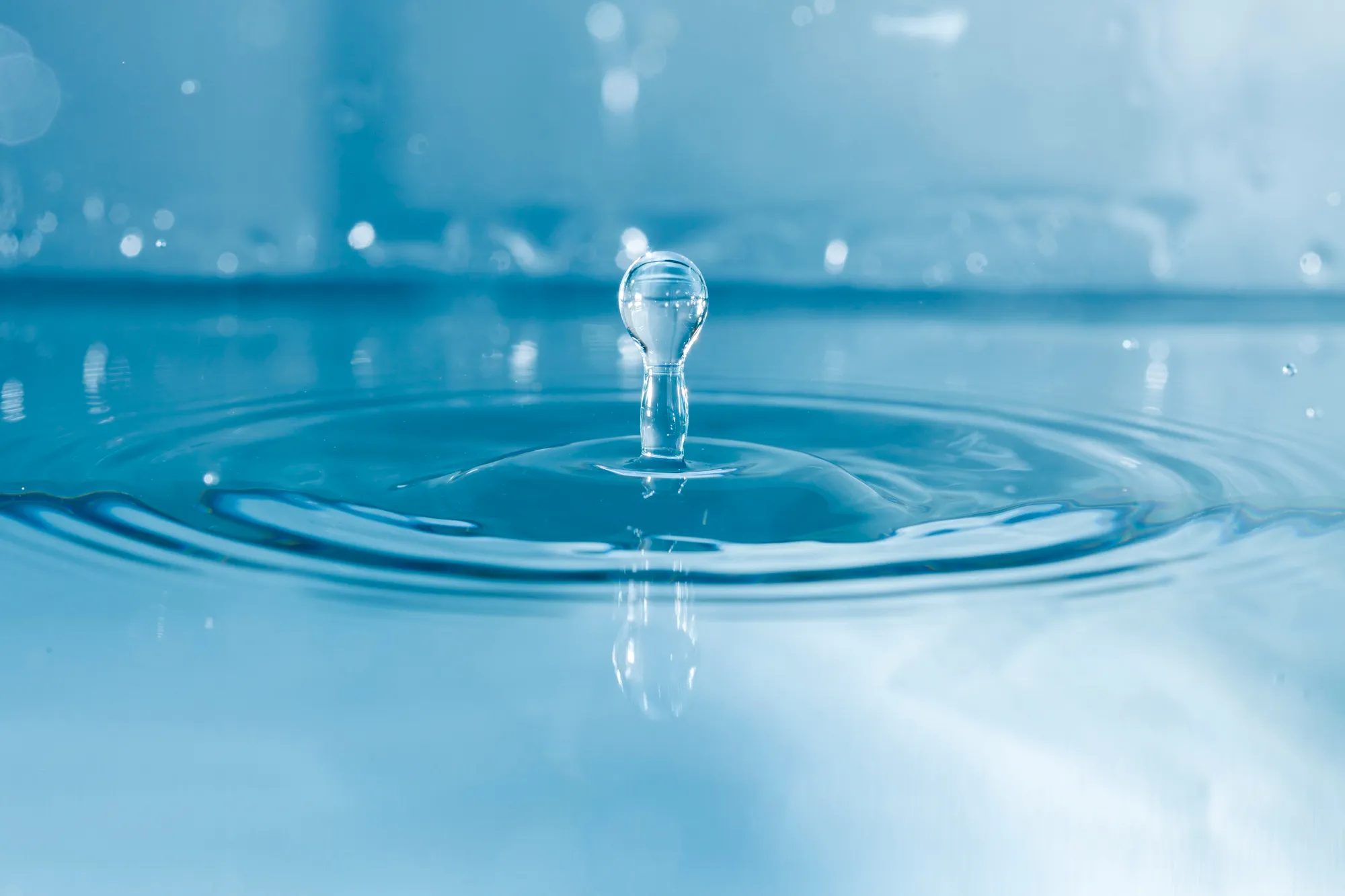Researchers from China Agricultural University and the University of New South Wales have recently developed a groundbreaking biodegradable solution to purify water from harmful organic dyes. Their study, published in the journal Carbohydrate Polymers, introduces a novel composite adsorbent made from curdlan (CURD) and sodium carboxymethylcellulose (CMC) capable of efficiently removing methylene blue (MB) from wastewater.
The article with DOI: 10.1016/j.carbpol.2023.121737 unveils that this innovative material, built through a single-step heating process, not only demonstrates a high capacity for dye adsorption but also possesses promising attributes for potential application in water treatment facilities.
The collaborative effort, led by Cui Congli and Li Dong from China Agricultural University’s College of Engineering and Wang Li-Jun from the College of Food Science and Nutritional Engineering, along with Wang Yong from the School of Chemical Engineering at UNSW Sydney, offers a sustainable approach to tackle the persistent issue of dye pollution in water bodies.
Background of Dye Pollution and Water Treatment Challenges
The release of organic dyes into water bodies, primarily from textile and dyeing industries, poses a severe environmental threat. These synthetic dyes, especially methylene blue, are toxic and can cause significant damage to aquatic ecosystems and human health.
Traditional water treatment methods often involve complex processes or the use of non-renewable materials that further contribute to environmental degradation. Therefore, the development of biodegradable and efficient adsorbents has become a critical research area.
Innovation in Curdlan/Sodium Carboxymethylcellulose Composite Adsorbents
The new composite adsorbent created by the research team uses curdlan, a natural polysaccharide, and sodium carboxymethylcellulose, a cellulose derivative. These materials were chosen for their biodegradability and structural properties conducive to adsorption.
During fabrication, the CURD/CMC composite underwent a heating process that resulted in a honeycomb porous structure, known to increase the surface area for adsorption. The integration of CMC not only provided structural stability but also improved the composite’s thermal resistance and swelling behavior across different pH levels. Significantly, the presence of 1.2% CMC raised the melting point of the composite by 5.99°C, indicating enhanced thermal stability.
The researchers conducted thorough assessments, including adsorption isotherm tests, which showed that the CURD/CMC composite followed the Langmuir isotherm model, highlighting its efficiency in adsorbing methylene blue. The peak adsorption capacity reached was 385.85 mg/g, a significant improvement over existing adsorbents.
Environmental Impact and Future Implications
By introducing this biodegradable solution to a pressing environmental issue, the research paves the way for the development of sustainable water treatment practices. The usability of these composites in a range of pH environments also extends the potential applications in various industrial settings.
Moreover, the study demonstrates the effectiveness of harnessing the synergistic properties of different biopolymers to create novel materials that are both eco-friendly and high-performing. The implementation of these findings could lead to reduced reliance on synthetic and non-renewable water treatment methods, thus contributing to the global effort to preserve water quality and protect ecosystems.
Conclusion and Next Steps
This research marks a significant leap forward in addressing the challenges of organic dye removal from wastewater. By focusing on biodegradable materials that do not compromise on efficiency, the team has identified a feasible and sustainable approach to water treatment.
